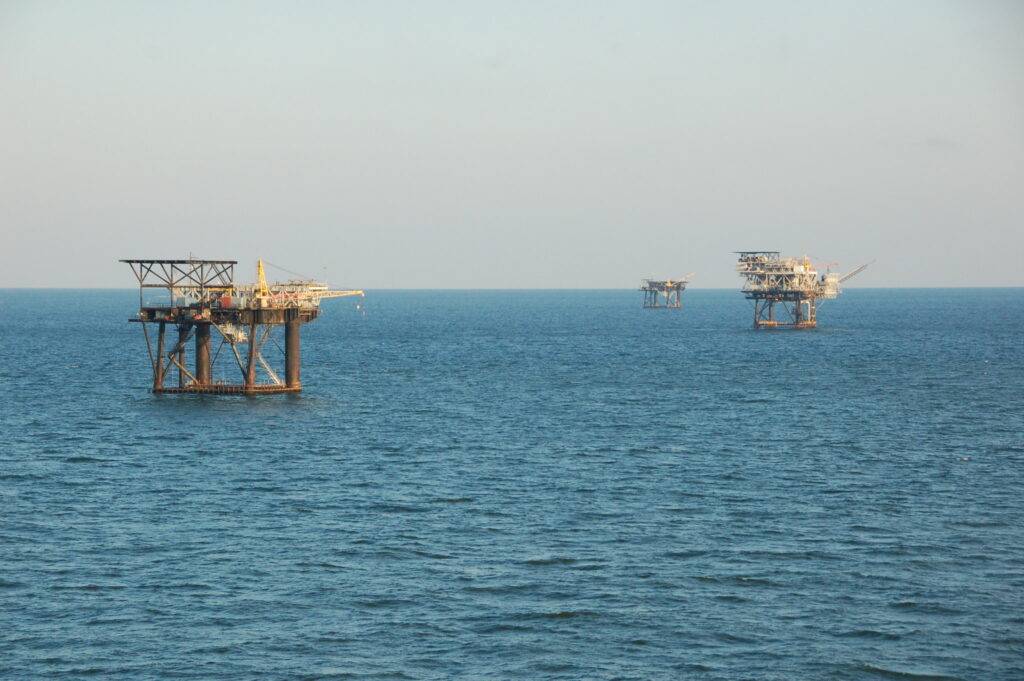
We have previously reported on the important role that offshore oil platforms seem to play for fish. In short, the support structures of offshore oil platforms that often rise hundreds of feet through the water column create essentially a prefabricated reef for marine life.
According to a new study recently published in the British journal Ecological Solutions and Evidence, the large gatherings of fish around oil and gas platforms attract harbour porpoises searching for food – despite the fact that noise from industrial activities normally scares porpoises away.
Harbour porpoises are one of the smallest whale species and the only whale species that’s known to breed in Danish waters. The species has been protected in Danish waters since 1967. Previous studies have demonstrated that underwater noises from sources like shipping and industry typically scare porpoises away.
But according to new research from scientists at Aarhus University in Denmark, there are actually more porpoises around the largest Danish oil platform – Dan F – in the North Sea than there are within the three to ten kilometers surrounding the platform. The research team found that the platform acts as a natural reef where porpoises can find favorable habitat and food.
Currently, the international OSPAR convention requires that all decommissioned oil and gas platforms be removed from the ocean. But according to researchers, leaving the old platforms in the ocean to serve as artificial reefs is actually more beneficial to the marine environment.
In the Gulf of Mexico, the United States program Rigs to Reefs has converted 558 oil and gas platforms into artificial reefs.
**********
Web Links
Harbor porpoises attracted to oil platforms when searching for food
Photo, posted March 26, 2008, courtesy of Dave Herholz via Flickr.
Earth Wise is a production of WAMC Northeast Public Radio.
Leave a Reply